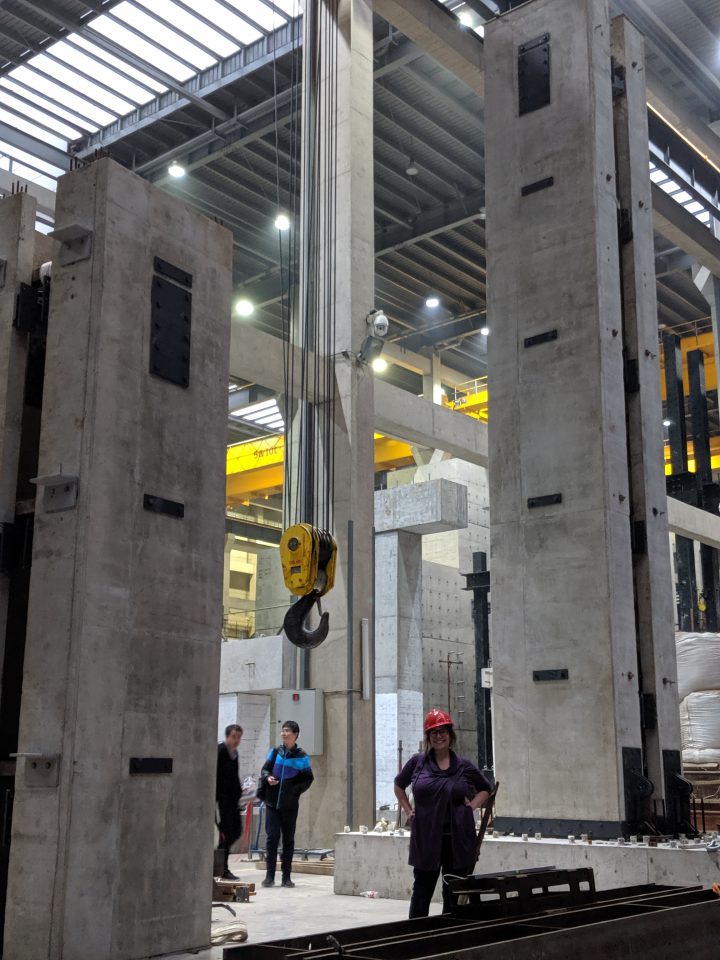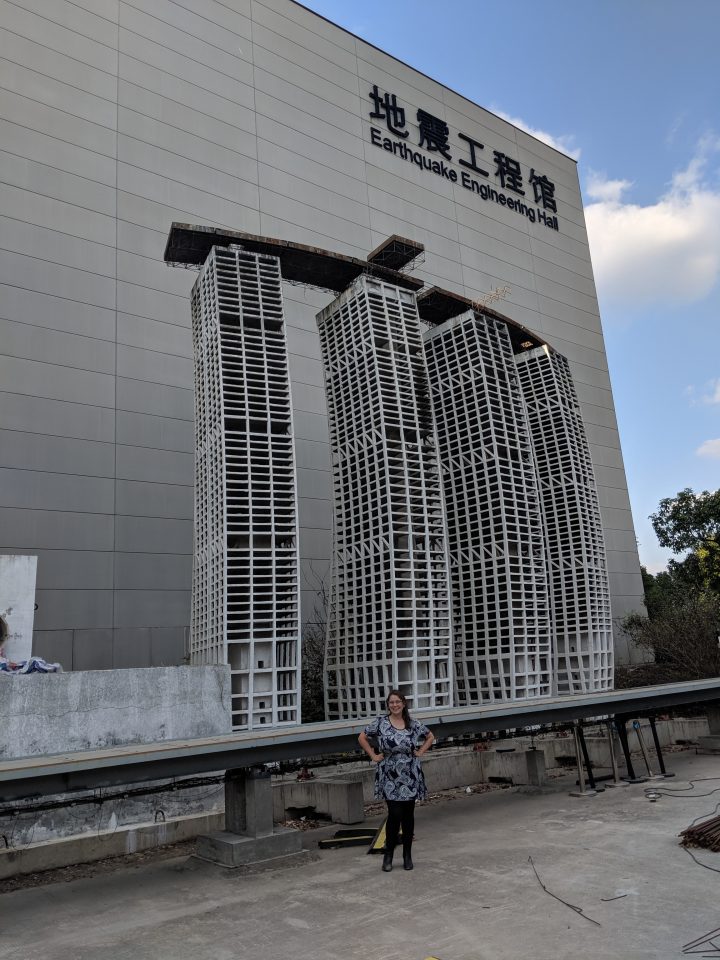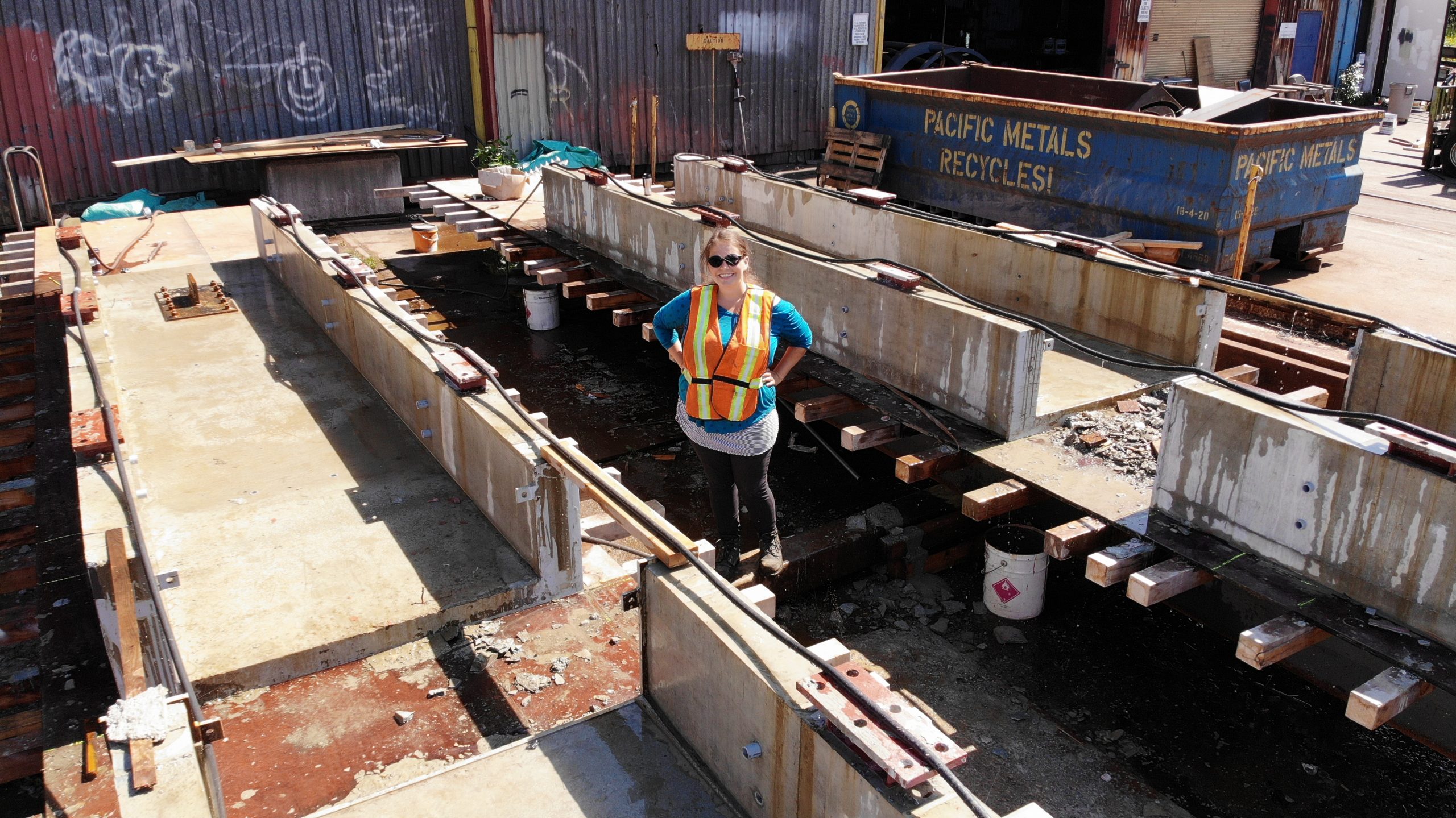December 01, 2022.
A new research team out of the University of British Columbia (UBC) is leading the province in the implementation and testing of disaster resilient building materials.
Dr. Lisa Tobber, a professor with UBC, has been named the head of the Professorship in Resilient Reinforced Concrete Buildings, a research project formed on a partnership between BC Housing and the UBC faculty of applied sciences.
Tobber will be testing new building materials for disaster resilience, learning how buildings can retain functionality post-disaster and trying to create the perfect equation for construction optimization.
As new green and high strength building materials flood the construction market, Tobber and her team perform tests on how these materials would function in the event of a disaster.
“As an example: there’s new fiber reinforced concrete out there that have no rebar, just fibers and they have ultra-high strength and they actually perform well in tension,” said Tobber.
“There’s opportunities to use those types of materials and use less material because it’s stronger. However, that’s not always the case. Sometimes we’re not worried just about strength. Sometimes we’re worried about something called ductility and that’s the performance of the material after it starts to break apart.”

Dr. Lisa Tobber standing in front of a specimen at the earthquake engineering facility at Tongji University in Shanghai. The specimen is a scaled down version of a high-rise building. Tobber works in a similar facility in British Columbia to perform her research.

Performing a wide array of tests on things like strength, ductility and flexibility ensures Tobber and the industry will have a complete view of how materials perform under stress factors caused by earthquakes, wildfires and floods.
She emphasized there is no single solution when it comes to disaster resilience.
Testing materials to see how they perform in the event of massive disasters like earthquakes requires a specialized facility.
“I basically live in a construction site,” said Tobber.
“We have a three-storey-high ceiling and a large crane and a one-and-a-half-metre thick concrete floor. We use hydraulic actuators, and we push forces up through 200,000 pounds and we watch how things behave as they get more and more damaged.”
A series of sensors record hard data. Tobber runs that information through computers which simulate how massive structures made from specific materials respond.
Tobber’s team is also investigating post-disaster functionality to update the current standard of building in B.C. She said buildings are currently designed to a minimum standard for life-safety.
“Which means that we are designing the building so that after the earthquake happens the people can escape. So, it’s not going to collapse,” said Tobber.
“But it doesn’t mean that the building’s not going to be very damaged.”
With the current standard, many buildings will save lives but be unusable post-disaster. This could mean thousands of people become homeless.
Dr. Lisa Tobber stands in front of the broken specimen of a scaled down highrise building at the earthquake engineering facility at Tongji University in Shanghai.
To add disaster on top of disaster, if a large highrise in downtown Vancouver becomes unlivable it would have to be demolished.
“Demolishing that building has a huge impact on the people that live in the building and people all around the building. So, we are looking into developing different devices with the industry that can help dampen earthquake energy.”
Tobber provided an example of a technology called base isolation she says has been widely used in Japan for six decades but has yet to become a mainstay in B.C.
“It’s like the entire building sits on rubber bearings,” she said.
“What happens is when the earth shakes it decouples the building from the ground and so the building actually barely sees some of that movement.”
Tobber is also looking at the economic viability and repercussions of using new materials.
“Can we change the typical design of the structure in order to use less materials that still achieve higher performance, kind of like structural optimization?” Tobber said.
Tobber sees B.C. as an area that should be trailblazing new construction techniques and materials yet seems to be lagging behind.
“We’re one of the most disaster-prone areas of the entire world and yet we’re not innovating the way we build,” she said.
She considers the technical questions of building as important to her research as the social questions and called on construction industry leaders to invest in the future.
“I see a tremendous opportunity for the construction (industry) to take leadership on these massive problems we have today. We have huge social problems with our disasters, with the climate crisis, with net-zero, with housing,” she said.
“And if we could just do some research and figure out even just how to economize or how we can build a lot of buildings quickly, it would be worthwhile.”

